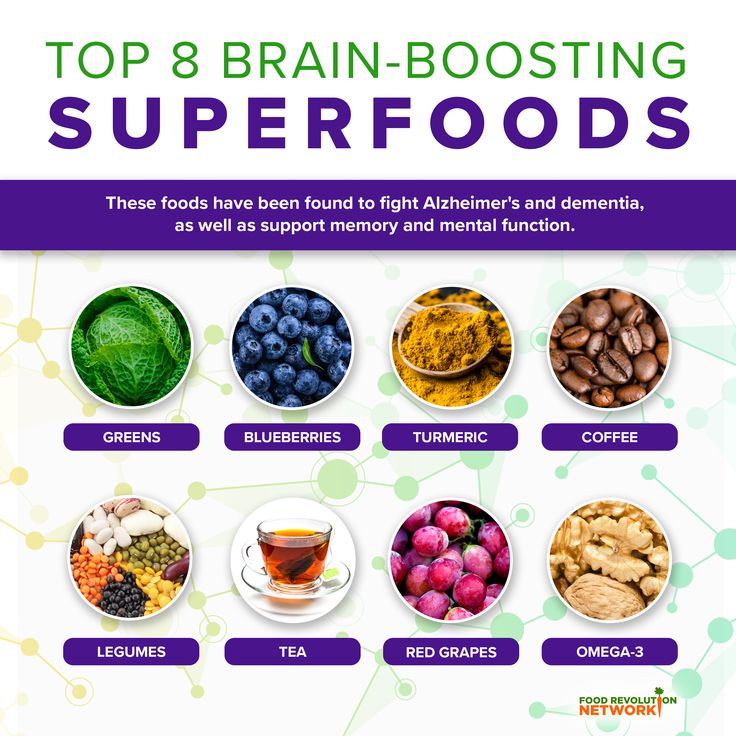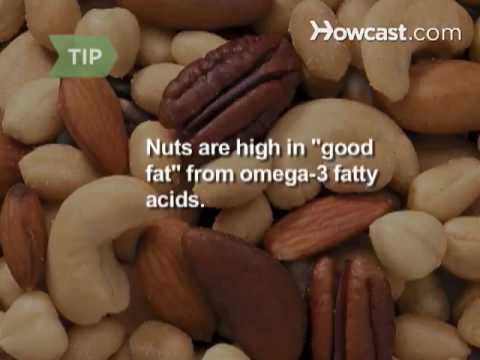
You can ensure your kids are happy and healthy by choosing a plant-based food diet. It is an ethical choice. Plant-based diets have lower levels of saturated fat than those that are meat-based. They also may be less likely to develop type 2 diabetes or heart disease. Plant-based diets that are well planned and executed are also more energy efficient.
Vegan children can enjoy many foods rich in nutrients and fiber. You will find that they are more satisfied and energetic, which will keep you from overeating. There are also many ways to incorporate nuts into their diet. They can be used in nut butters or applesauce to add variety to a meal.
Chia seeds are rich in calcium and fiber. They can also be used in vegan burger recipes as a binding agent. They are also great for making healthy snacks for kids. Organic fruit smoothie sticks can also be a great option for toddlers, since they are convenient to eat on the go. Ensure that the fruit smoothie sticks are made with only organic ingredients.

Making vegan breakfast muffins is another way to make a nutritious vegan snack. These muffins can be made ahead and stored in the freezer. You can customize them to suit your child's tastes. They are delicious. You can either serve them with calcium-fortified soyyog or with a wide variety of fruits, vegetables, and other foods. A breakfast muffin can include beans and tofu as well as complete proteins.
Wholemeal bread may also be part of your meal plan. Wholemeal bread has 3 grams of fiber per 100g. You can also add buckwheat or quinoa to your wholemeal bread for a plant-based option. Choose organic bread because some breads contain hydrogenated oil, which could cause harm to your child.
Calcium, an essential nutrient for growing bodies, is required by children. Calcium can also be obtained from soy yogurt and fortified grains. Although nuts can also be a source of calcium, they can pose choking dangers for children under five years old.
These nutty hamburgers can also be served with vegan cheese sauce. It is made from cashews, nutritional wheat, and carrots. They can also be served with steamed broccoli, roasted peppers, or tomato salsa. Vegan tatertot casseroles can also be made using cashew gravy, mixed veggies, and tatertots. These rich, flavorful meals are suitable for children.

Creamy and hearty vegan noodles can also be made. Vegan chicken soup can be made with creamy chickpea noodles. It is made using pantry ingredients and a crust of tater tots. Serve with your favorite vegetable.
Hot dogs made from vegetable ingredients are another delicious option. They are made using pureed lentils (carrots) and topped with smoked, paprika. You can also serve them with a low-sugar granola brand.
FAQ
How often should I exercise
Exercise is essential for maintaining a healthy lifestyle. You don't have to exercise for a certain amount of time. The key is finding something you enjoy and stick with it.
If you exercise three times a week then aim for 20-30 mins of moderate intensity. Moderate intensity means you'll still be breathing hard after you've finished. This type is good for burning around 300 calories.
If you prefer to walk, go for 10 minute walks four days a week. Walking is easy on the joints and has low impact.
If you'd rather run, try jogging for 15 minutes three times a week. Running is a great exercise to build muscle tone and burn excess calories.
You can start slow if you are new to exercise. Begin by doing 5 minutes of cardio each day, a few times per week. Gradually increase your cardio time until you reach the goal.
How can I live a life that is full of joy every day?
It is important to identify what makes you happy. Once you've identified what makes your happy, you can start to work backwards. You can also ask others how they live their best lives everyday.
You can also read books like "How to Live Your Best Life" by Dr. Wayne Dyer. He talks about finding happiness and fulfillment in all aspects of our lives.
What can you do if your immune system is weak?
Human bodies are made up of trillions upon trillions of cells. These cells work together to form organs and tissues that perform specific functions. When one cell dies, another cell replaces it. Chemical signals, called hormones, allow cells to communicate with each other. All bodily processes are controlled by hormones, including metabolism and immunity.
Hormones are chemicals secreted by glands throughout the body. They travel through the blood stream and act like messengers to control how our bodies function. Some hormones are made internally, while some are externally produced.
Hormone production starts when hormone-producing cells release their contents into your bloodstream. Once hormones are released, they move through the body to reach their target organ. Some hormones may only remain active for a limited time. Some hormones last longer and influence the body's functionality even after leaving the bloodstream.
Some hormones can only be produced in large quantities. Others are produced in small amounts.
Some hormones are produced at certain times during life. The production of estrogen can occur during puberty and pregnancy, as well as menopause and old age. Estrogen assists women with breast development, bone density, and osteoporosis prevention. It also promotes hair growth and keeps skin smooth and soft.
What is the difference between sugar and fat?
Fat is an important energy source, which comes from food. Sugar is a sweet, naturally occurring substance in fruits and vegetables. Both fats and sugars provide the same number of calories. Fats however, have more calories than sugars.
Fats are stored in the body and contribute to obesity. They can cause cholesterol buildup which can lead to strokes and heart attacks.
Sugars are quickly absorbed into the body and provide instant fuel. This causes blood glucose levels to rise. High blood glucose levels can be dangerous because it increases the risk of developing type II diabetes.
How to measure bodyfat?
A Body Fat Analyzer is the best way to measure body weight. These devices are used to measure the percentage of bodyfat in people who desire to lose weight.
Increase immunity with herbs or supplements
To boost immunity function, herbs and natural remedies are available. Examples include ginger, garlic and oregano, echinacea, vitamin C, ginkgo Biloba, and echinacea.
These herbal remedies shouldn't be used to replace traditional medical treatment. They may cause side effects such as nausea, diarrhea, stomach cramps, headaches, dizziness, and allergic reactions.
What's the problem with BMI?
BMI stands for Body Mass Index. This is a measure of body fat that is calculated based on height or weight. Here is how to calculate BMI using the following formula.
The weight of a kilogram divided by its squared height in meters.
The result can be expressed as a number, ranging from 0 through 25. Scores of 18.5 and higher indicate overweight, while scores of 23 and higher indicate obesity.
A person with a body mass index of 22 and a weight of 100 kg and a height 1.75m will have a BMI.
Statistics
- WHO recommends consuming less than 5% of total energy intake for additional health benefits. (who.int)
- WHO recommends reducing saturated fats to less than 10% of total energy intake; reducing trans-fats to less than 1% of total energy intake; and replacing both saturated fats and trans-fats to unsaturated fats. (who.int)
- The Dietary Guidelines for Americans recommend keeping added sugar intake below 10% of your daily calorie intake, while the World Health Organization recommends slashing added sugars to 5% or less of your daily calories for optimal health (59Trusted (healthline.com)
- This article received 11 testimonials and 86% of readers who voted found it helpful, earning it our reader-approved status. (wikihow.com)
External Links
How To
What does the "vitamin") mean?
Vitamins are organic compounds found naturally in food. Vitamins allow us to absorb nutrients from food. Vitamins are not made by the body, so they must be obtained through food.
There are two types vitamins: water soluble or fat soluble. Water-soluble vitamins dissolve in water easily. Examples include vitamin C,B1 (thiamine), B2 (riboflavin), B3 (niacin), B6 (pyridoxine), folic acid, biotin, pantothenic acid, and choline. Fat-soluble vitamins are stored within the liver and in fatty tissue. You can find vitamin D, E K, A and beta carotene as examples.
Vitamins are classified according to their biological activity. There are eight major groups of vitamins:
-
A - essential for normal growth and maintenance of health.
-
C – essential for proper nerve function.
-
D – Essential for healthy teeth, bones and joints
-
E is needed for good reproduction and vision.
-
K – Required for healthy muscles & nerves.
-
P - essential for strong bones, teeth and tendons
-
Q - aids digestion and absorption of iron.
-
R - necessary for making red blood cells.
The recommended daily allowance (RDA) of vitamins varies depending on age, gender, and physical condition. RDA values are set by the U.S. Food and Drug Administration (FDA).
For adults aged 19 and older, the RDA for vitamin B is 400 micrograms daily. Pregnant women require 600 micrograms daily to support fetal development. Children ages 1-8 require 900 micrograms per day. Babies under one-year old need 700 micrograms per daily. Between 9 and 12 month, however, this drops to 500 mg per day.
Children ages 1-18years who are obese need 800 micrograms per day while those who are overweight need 1000 micrograms per day and children who are underweight need 1200 micrograms per day to meet their nutritional needs.
Children aged 4-8 who have anemia are required to consume 2200 micrograms of Vitamin C daily.
2000 micrograms is the minimum daily intake for general health in adults older than 50 years. Women who are pregnant or breastfeeding need 3000 micrograms per day due to increased nutrient requirements.
Adults over 70 require 1500 micrograms each day, since they lose approximately 10% of muscle mass each decade.
Women who are pregnant or lactating need more than the RDA. Pregnant and breastfeeding women require 4000 micrograms each day during pregnancy and 2500 Micrograms each day after birth. Breastfeeding moms need 5000 micrograms per daily when breastmilk production occurs.